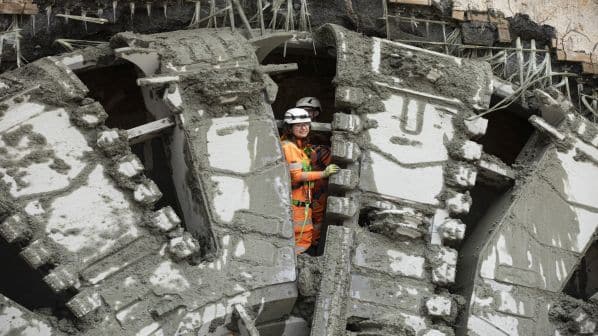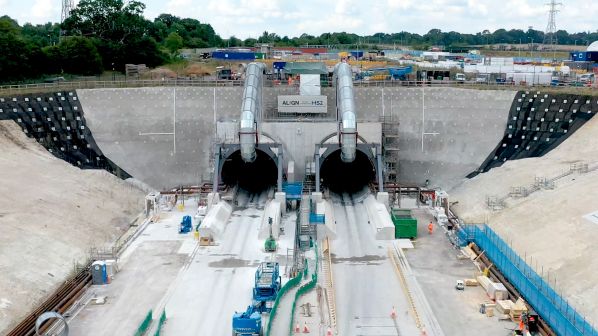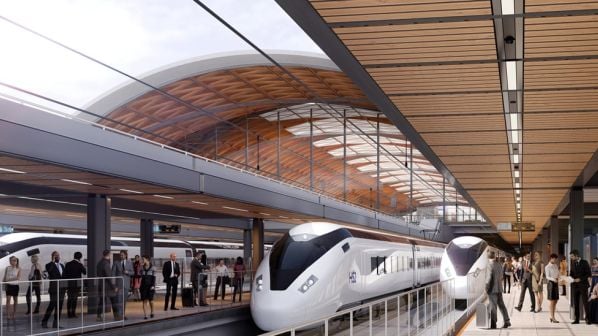THE British government has announced a new funding pot of £4.7bn that will be available for local transport projects in the north and Midlands regions of the country.
The money, which can be drawn on by local council leaders, is specifically for improvements to local transport networks and was originally allocated to the now-cancelled section of the HS2 high-speed line between Birmingham and Manchester.
The total pot will be split between the north (£2.5bn) and the Midlands (£2.2bn) and will be available from 2025 onwards.
Named the Local Transport Fund (LTF), the government says it is the first transport funding that is specifically targeted at smaller cities, towns and rural areas, to enable investment in local transport projects.
No details of rail projects that might benefit from the funding have yet emerged, but these could include new stations and light rail systems like the one proposed in Coventry.
Earlier this month HS2 Ltd released research that suggests the construction of Phase 1 of HS2 between London and Birmingham could boost the economy of the West Midlands region by up to £10bn over 10 years.
Economic analysis of the areas close to HS2’s three major sites in the region, Curzon Street station in central Birmingham, the Interchange station in Solihull, and the rolling stock depot at Washwood Heath, shows dramatic increases in regeneration and investment in the last six years.
Since 2017, the number of planning applications made in a 2.4km radius around these three sites has increased by two-thirds. Over the same period, the total area of planned floorspace - including commercial and residential - has increased by 200%, while the number of planned new homes has increased by almost 500% from 10,000 to 55,000.
“This new research provides evidence that HS2’s future arrival is already driving transformational regeneration and investment in the West Midlands,” says HS2 Ltd executive chair, Sir Jon Thompson.
“It shows that investor appetite, regeneration and investment close to where we’re building our three key assets in the region has surged in the last six years.”



